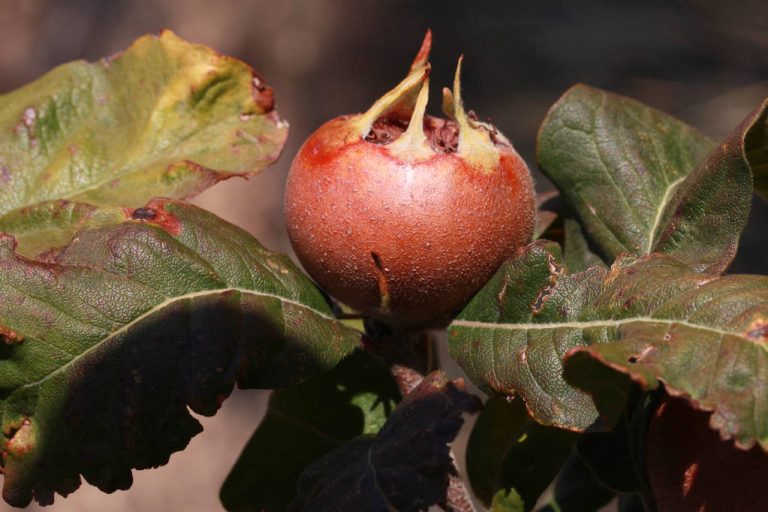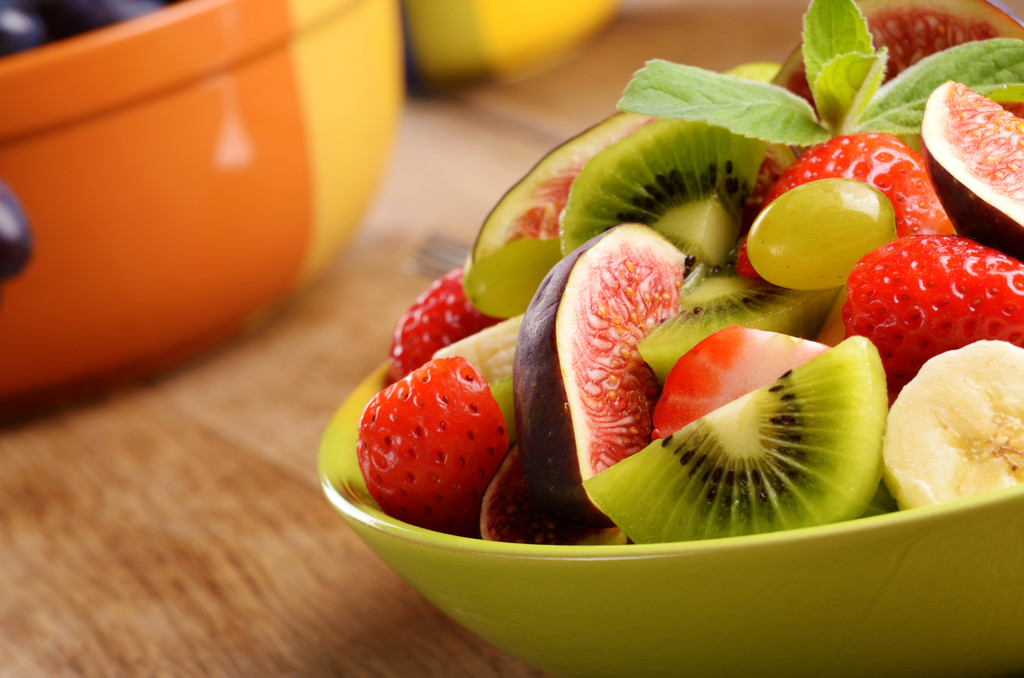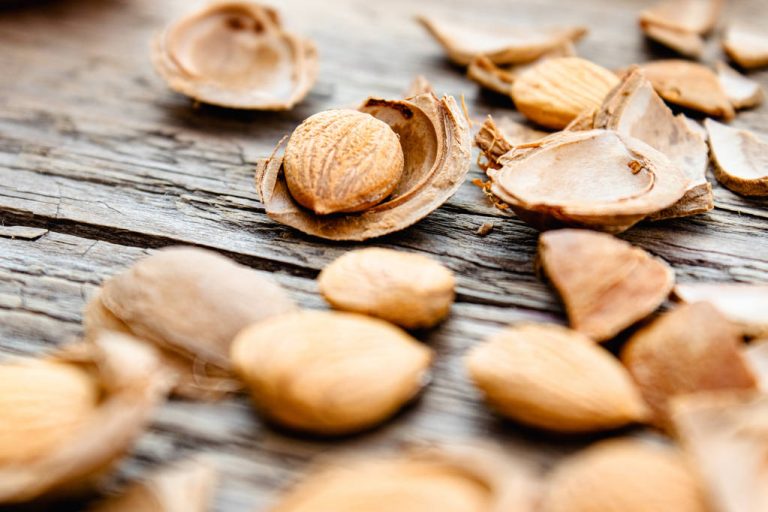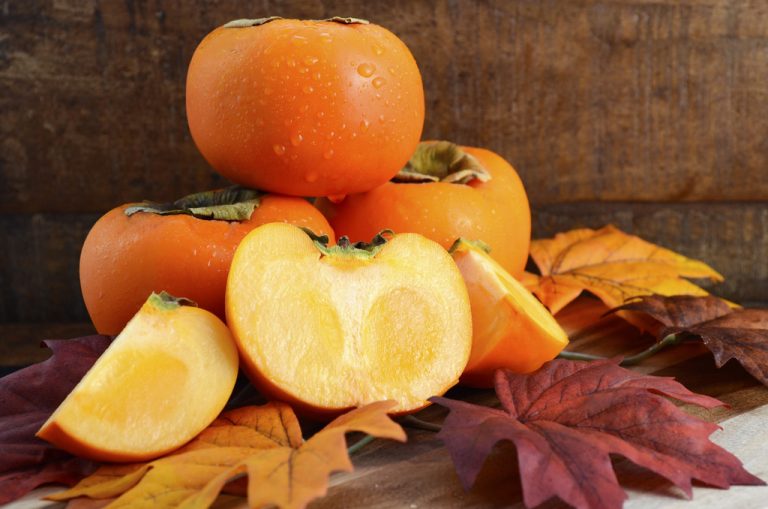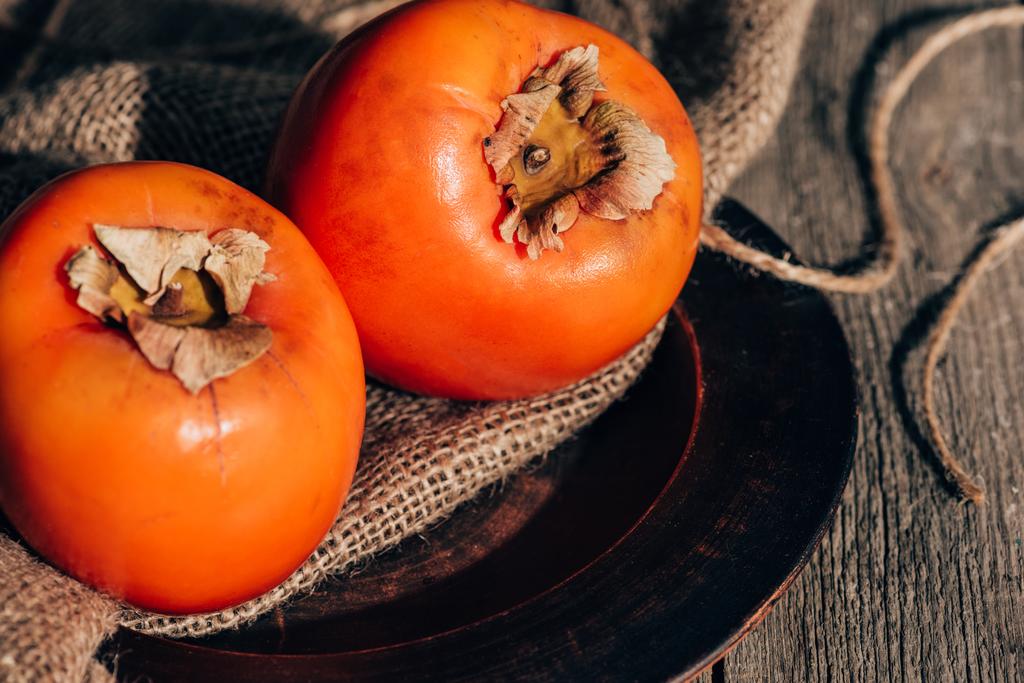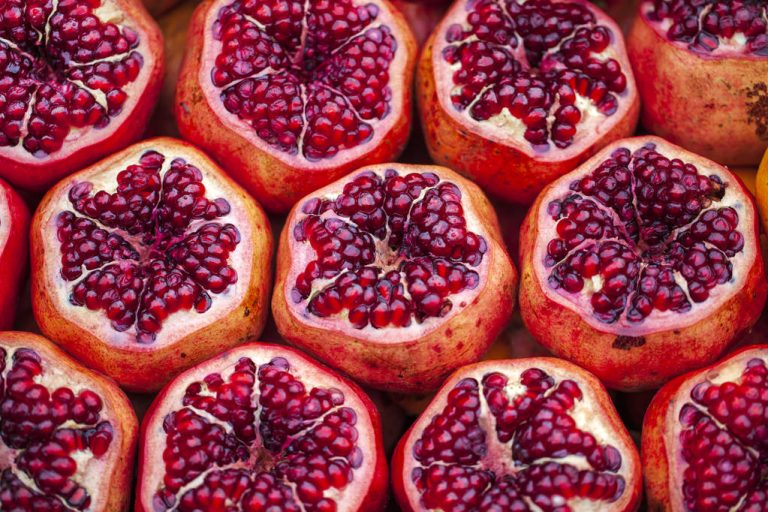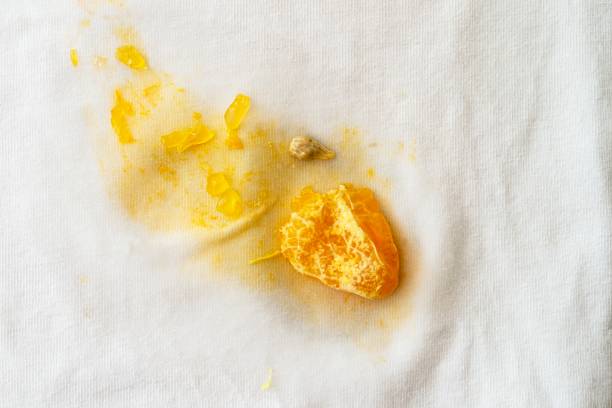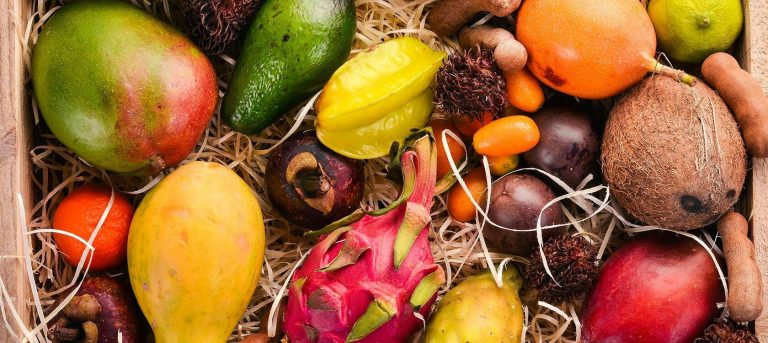You can easily eat the pits from many fruits, even some varieties that you might not expect to eat. We’ll show you which seeds you can eat – and how healthy they can even be.
For most people, throwing away the pits of watermelons or apples is quite normal. You can also eat them and not only minimize leftovers, but also benefit from the valuable ingredients.
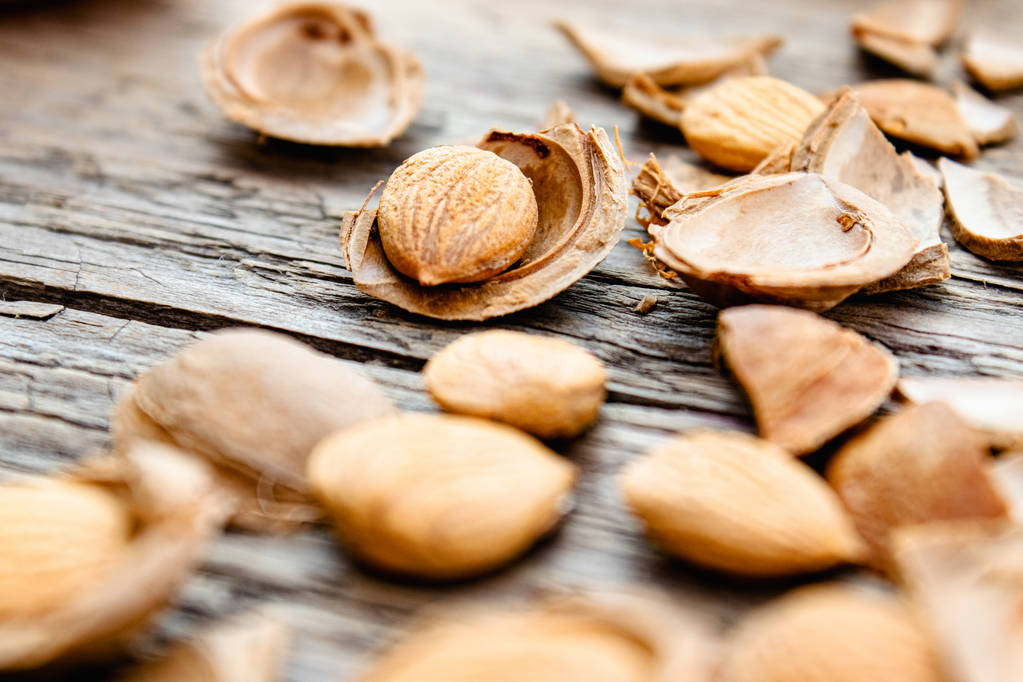
Eat the kernels too: Concern about the hydrocyanic acid
Again and again we are warned against eating the seeds of certain fruits. The so-called amygdalin is particularly important. Amygdalin becomes toxic hydrocyanic acid in the body and is found primarily in the seeds of the following types of fruit:
Apple
apricot
avocado
pear
date
cherry
mango
nectarine
peach
plum
In fact, hydrocyanic acid can lead to poisoning and even death. Nevertheless, you don’t have to worry about it if you want to eat fruit stones more often in the future. In most cases, in order to poison yourself, you would have to ingest extremely large amounts of seeds: for example, it would take over 200 apple seeds to become poisoned. You can find more information on the amygdalin content of these types of fruit in a study by the University of Leeds.
We usually don’t eat the large pits of cherries, nectarines or plums anyway. But even here you would have to eat several of them at once – and grind them first because you would simply excrete them without chewing.
Grape seeds – rich in antioxidants
Many customers prefer seedless grapes. The kernels of all things contain valuable nutrients.
From a health point of view, the flavonoids contained are particularly interesting. These are among the secondary plant substances and have an antioxidant effect in the body: They protect our cells by binding free radicals, can reduce inflammation and strengthen the immune system.
Many scientific studies deal with the medical potential of grape seed extract, such as a Turkish study from 2018. Of course, the ingredients in the bare seeds are much less concentrated than in the extract. Nevertheless, it is worth not throwing away the grape seeds, but to chew them up and eat them.
Eat apple seeds – not poisonous, but healthy
As mentioned, apple seeds contain a certain amount of amygdalin. But you don’t have to worry about prussic acid poisoning.
You can confidently eat the entire core, which also contains valuable nutrients. The kernels contain additional fiber and some phytochemicals.
By the way: As with most kernels, apple seeds are simply excreted if you swallow them whole. If you want to benefit from the nutrients, you have to chew the seeds thoroughly.
Pears: eat the cores too
The situation with pears is very similar to that of apples: There is also a small amount of amygdalin in the seeds, but you don’t need to worry about that.
Instead, you can easily eat the already small seeds. There are also antioxidants in the form of secondary plant substances.
Watermelon: eat the seeds
Watermelon seeds are rich in magnesium, iron, folic acid and unsaturated fatty acids. They also contain vitamin A, vitamin C and proteins. Therefore, these seeds are too good to throw away.
You can simply eat the watermelon seeds raw. It is important here again that you chew them up properly. This is the only way your body can access the valuable ingredients. In addition, unchewed watermelon seeds are said to be difficult to digest.
Alternatively, you can also prepare a delicious snack from the kernels by first drying them and then roasting them in a pan or in the oven with a little oil and salt – not only a delicious snack for in between, but also as an ingredient for soups or baked goods use.
Citrus seeds are edible
Whether lemon, orange or grapefruit: You can also eat the seeds of citrus fruits. They also contain secondary plant substances and fiber.
Lemon seeds are said to contain traces of salicylic acid. This is the main active ingredient in aspirin. It is doubtful to what extent you can benefit from the pain-relieving effect of a few lemon seeds.
Eat the avocado stone or not?
Avocados are hyped as a superfood. The creamy fruit contains a lot of unsaturated fatty acids, vitamins and minerals. The core, on the other hand, usually ends up in the garbage or on the compost. That’s doubly a pity: On the one hand, it also contains plenty of nutrients from which we can benefit in terms of health. On the other hand, avocados have such a bad ecological balance due to transport routes, cultivation conditions and water requirements that we should at least use the whole fruit.
While some praise the stone as a miracle cure because of the healthy nutrients, there are also dissenting voices: Because the avocado stone also contains the bitter substance persine, which can be deadly in larger quantities. Again, the dose makes the poison: eating an entire avocado seed at once would not be a good idea. A small piece could in turn have positive effects, such as preventing cardiovascular diseases or stimulating the metabolism.
The best way to eat the kernel is to grate it finely with a kitchen grater and mix the pieces into your muesli, salad or smoothie. You can also use them to make tea.
Eat papaya seeds – against parasites in the intestine
The papaya is another tropical fruit that, at best, can be imported from southern Europe. The many black seeds in the middle of the fruit are usually thrown away in this country. In tropical countries, on the other hand, it is common to eat them to prevent or fight parasites in the intestine.
This effect is due to the enzyme papain, of which the seeds contain plenty. This specifically attacks parasite eggs by converting their proteins. This was scientifically proven in a pilot study.
In addition, papaya seeds are particularly rich in antioxidants, which – as already mentioned – are beneficial to our health in many ways.
In terms of taste, the seeds are more reminiscent of black pepper than of a sweet fruit with their sharpness. It may take a little getting used to at first, but in combination with the pulp they produce an interesting taste. But take it slow and don’t eat all the seeds at once – that could overwhelm your taste buds and your digestion. A few seeds will do for starters.
You can also dry and grind the seeds and use them as a pepper substitute.
Some also swear by swallowing the papaya seeds whole. Due to the fiber layer that encases the slippery kernels, they should slide through the intestines and clean them like swollen psyllium husks. However, there are no studies on this so far.
Since papaya has traveled such a long distance, the general rule is: Eat it seldom, and then eat it organically.
Eat the seeds too: Everyone does it with these fruits and vegetables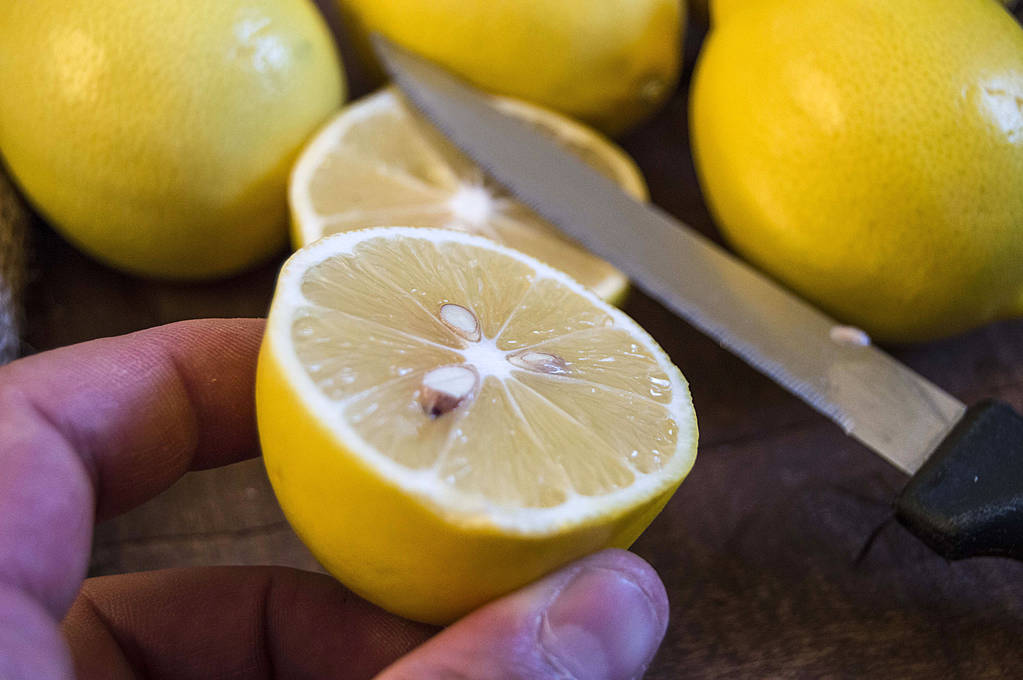
There are numerous types of fruit whose seeds we all eat – simply because they are so small that they can hardly be sorted out. These include, among other things:
Berries, for example raspberries, blueberries, strawberries
figs
kiwis
The same applies to some types of vegetables, such as:
cucumbers
eggplants
tomatoes
zucchini
But it is also perfectly normal and healthy to eat the kernels of nuts and so-called stone fruits. Because here the core is what we understand and consume as a nut:
hazelnut
walnut
macadamia nut
chestnuts
Hemp seed (also called hemp nut)
almonds
brazil nut
pecan
pistachios
cashew nuts
Passion fruit and pomegranates are another special case: the edible part consists almost exclusively of seeds. Only the shell is not edible here.



